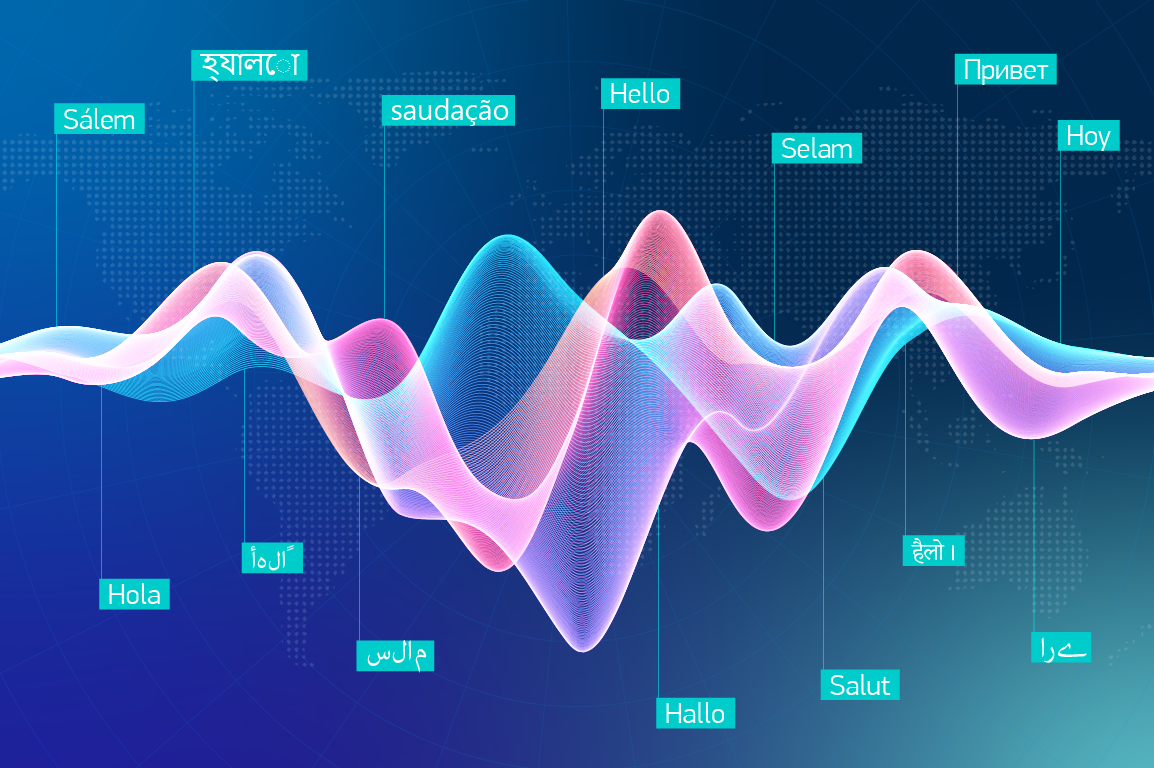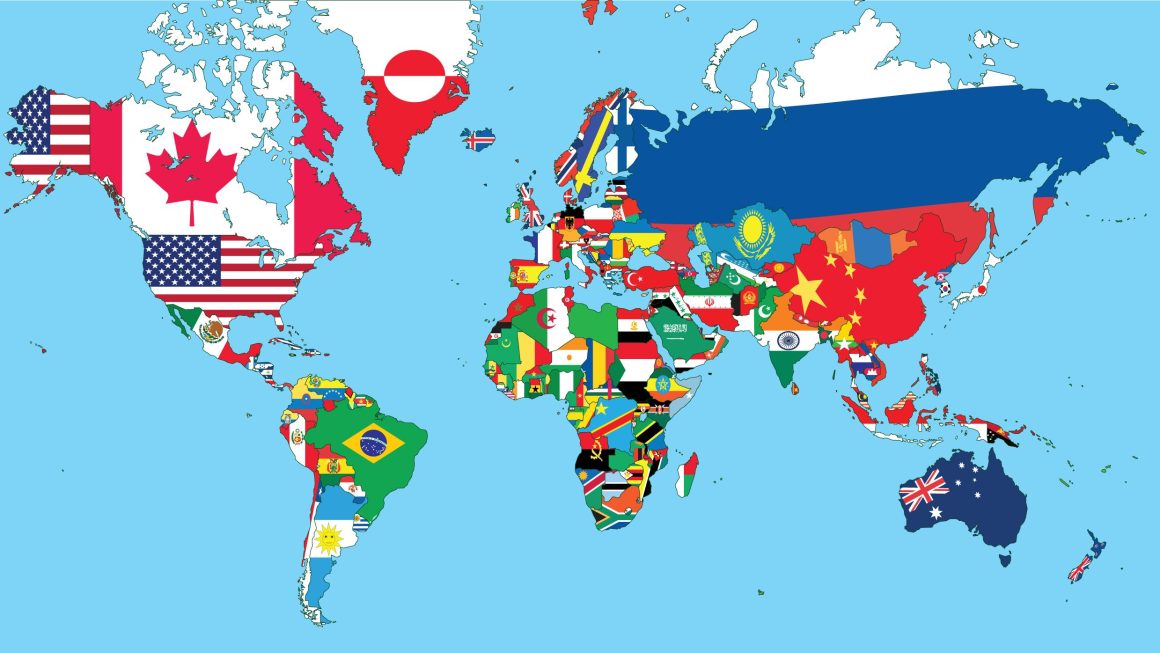Hello everyone! Let’s explore a fascinating development in the world of international admissions – the growing use of machine translation https://lingvanex.com/ and speech recognition technologies. These tools are reshaping how admissions offices handle applications, communicate with prospective students, and manage the diverse linguistic landscape of international education.
Breaking Down Language Barriers
International admissions offices often deal with queries and applications in multiple languages. Machine translation steps in as a linguistic hero, breaking down these barriers. It’s like having a multilingual translator on the team, ready to convert emails, applications, and even website information into various languages.
Streamlining Communication
Communication is key in admissions. Speech recognition technology can transcribe phone conversations or video interviews, making them easier to review and analyze. It’s like having a diligent secretary, meticulously noting down every word during important calls.
Enhancing Accessibility and Inclusivity
These technologies also champion accessibility and inclusivity. Prospective students who might not be fluent in the institution’s primary language can receive information in their native language. It’s about extending a welcoming hand to students from diverse linguistic backgrounds.
Efficient Processing of Applications
The admissions process involves mountains of documentation. Speech recognition can expedite the processing of these documents. Admissions staff can dictate their assessments and notes, which the system transcribes in real-time. It’s like turbocharging the paperwork process.
Real-Time Translation in Interviews
For institutions conducting interviews with international applicants, real-time translation can be a game-changer. It ensures that language differences don’t impede the assessment of a candidate’s potential. It’s like having an interpreter in every interview, ensuring clarity and understanding on both sides.
Accurate Record Keeping
Keeping accurate records is crucial in admissions. Speech recognition ensures that all verbal communications are accurately captured and stored, providing a reliable reference for future decisions. It’s like building a comprehensive and precise archive of all interactions.
The Human Touch is Vital
While these technologies offer incredible benefits, they can’t fully replace the human element. The nuances of cultural context, emotion, and personal touch still require a human understanding. It’s about striking a balance between technological efficiency and human empathy.
Preparing for a Global Student Body
By leveraging machine translation https://lingvanex.com/translation/english-to-japanese and speech recognition, international admissions offices are not just streamlining their processes; they’re preparing for a truly global student body. These technologies help create an environment where language is no longer a barrier to education but a bridge that connects diverse learners from across the globe.
In conclusion, the integration of machine translation and speech recognition in international admissions is more than a technological upgrade; it’s a step towards a more connected, accessible, and inclusive educational landscape. As universities continue to attract students from all corners of the world, these tools will play a crucial role in shaping the future of international education.




